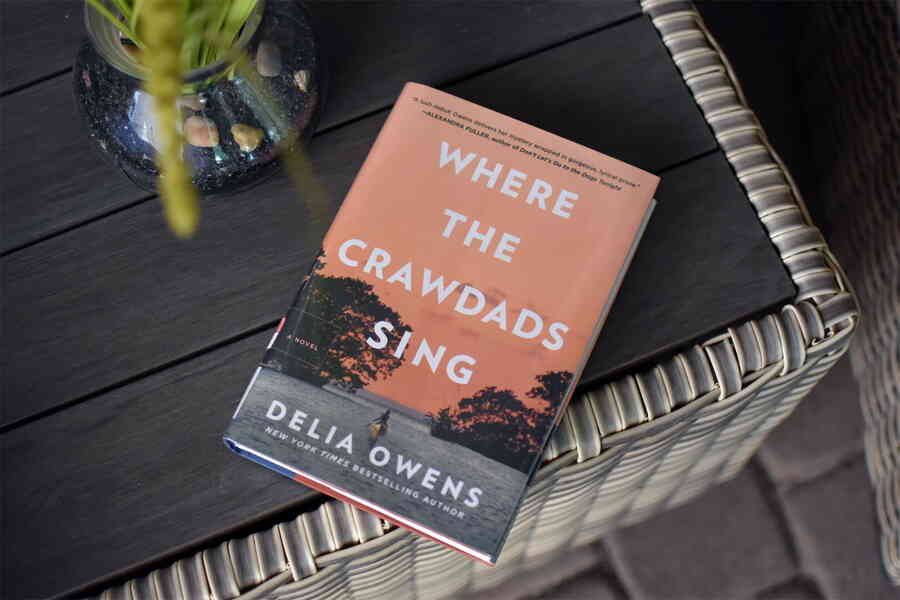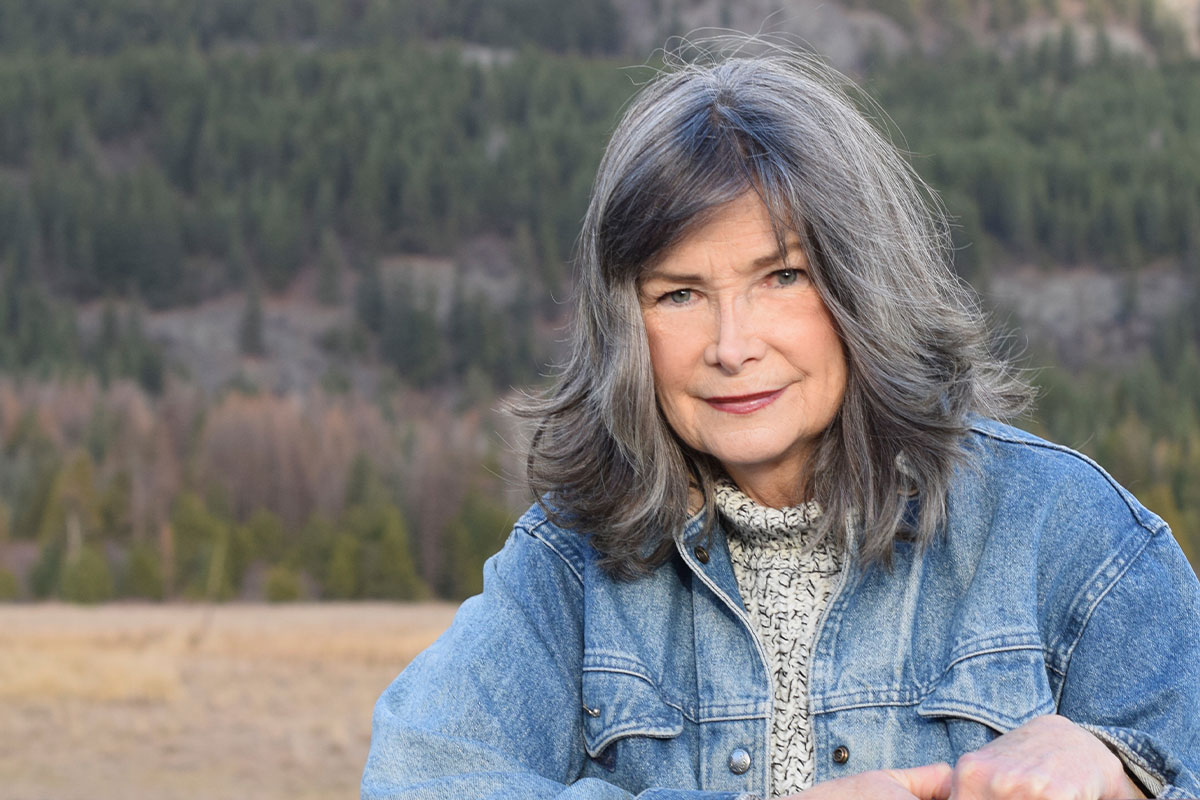Why Crawdads Sing Stirs Hearts and Minds
Delia Owens’ novel unveils nature’s grip on human stories, sparking cultural waves.

A Marsh Girl’s Tale Captivates the World
In 2018, a retired wildlife scientist named Delia Owens, then 69, published her debut novel, Where the Crawdads Sing. Few could have predicted its meteoric rise. The story of Kya Clark, a young girl abandoned in the marshes of North Carolina, blends a coming-of-age narrative with a murder mystery and a love letter to nature. By April 2025, the book has sold over 12 million copies worldwide, making it one of the best-selling novels of all time, according to Penguin Random House. Its staying power on The New York Times bestseller list—holding the number one spot for hardcover fiction for record weeks—signals more than commercial success. It reflects a cultural hunger for stories that bridge human isolation with the wild.
Owens’ novel arrived at a time when adult fiction sales were slumping. In 2019, The New York Times reported a drop from 144 million units sold in 2015 to 116 million through early December 2019. Yet Crawdads defied the trend, propelled by Reese Witherspoon’s book club pick in September 2018. Social media, particularly platforms like TikTok’s BookTok, amplified its reach. A 2024 review in The Fairfield Mirror noted how BookTok videos fueled its popularity, drawing readers who might otherwise skip literary fiction. This digital word-of-mouth, paired with Witherspoon’s endorsement, created a self-fulfilling cycle of visibility and sales, as Nasher News observed in 2020.
Why does Kya’s story resonate so deeply? Perhaps it’s the universal ache of loneliness. Owens herself wrote on her website, “Where the Crawdads Sing is about loneliness. I have lived an isolated and lonely life, but from the moment my incredible readers picked up the book, I have not felt alone again.” Her words echo Kya’s journey, a girl shunned by society yet sustained by the marsh. The novel’s setting, vividly described as a “wasteland bog” teeming with life, becomes a character itself, offering solace where humans fail.
Nature as Muse and Mirror
Owens’ background as a zoologist shapes every page. With a B.S. in zoology from the University of Georgia and a Ph.D. in animal behavior from UC Davis, she spent 23 years studying wildlife in Africa. Her nonfiction works, like Cry of the Kalahari, earned her the John Burroughs Award for Nature Writing. In Crawdads, she channels this expertise into Kya’s bond with the marsh. The protagonist collects shells and feathers, communes with gulls, and later publishes books on local wildlife—mirroring Owens’ own career. Goodreads reviews praise this “exquisite ode to the natural world,” with one reader noting, “Owens paints the surroundings like Kya paints, with a fine brush intent on getting every detail right.”
The novel’s nature-infused prose strikes a chord in an era of environmental anxiety. Published amid growing climate change discussions, its reverence for the marsh aligns with a cultural shift toward eco-consciousness. The Guardian in 2019 called it “obviously relevant to contemporary politics and ecology,” noting its treatment of racial and social divides alongside nature’s fragility. Kya’s story, set in the 1950s and 60s, feels timeless, reflecting today’s debates about belonging and the human cost of environmental neglect. As Entertainment Weekly put it, the novel offers “a fresh exploration of isolation and nature from a female perspective.”
Yet, the book’s lyrical style divides readers. Some, like a Goodreads reviewer, criticize its “overwrought language” and indecision—part ode to nature, part crime novel, part literary fiction. Others, like Real Simple, hail it as “a coming-of-age tale and an engrossing whodunit.” This tension underscores its genre-busting appeal. Owens told Entertainment Weekly that structuring the dual timelines—Kya’s youth and the 1969 murder investigation—was like solving a “150,000-word puzzle.” The result is a narrative that keeps readers hooked, with 218,000 Goodreads reviews averaging 4.4 stars.

Cultural Waves and Controversies
The book’s cultural impact extends beyond sales. Its 2022 film adaptation, produced by Witherspoon and starring Daisy Edgar-Jones, grossed over $140 million globally, per Box Office Mojo. Featuring an original song, “Carolina,” by Taylor Swift, the movie drew new audiences, as The Fairfield Mirror noted. Swift’s involvement sparked debates about her “white feminism,” per Buzzfeed News, highlighting the novel’s complex racial dynamics. Critics like The Atlantic pointed out “condescending portraits of Black characters,” a critique rooted in Owens’ depiction of supporting figures like Mabel and Jumpin’.
More controversially, Owens’ past has cast a shadow. In the 1990s, she and her then-husband Mark were linked to a Zambian poacher’s death, filmed for an ABC documentary. The Atlantic reported in 2022 that Zambian authorities still want them for questioning, with no statute of limitations on murder. The novel’s plot—Kya’s righteous murder of a local man—echoes these events, as Slate and The Hollywood Reporter observed. While Owens denies involvement, the parallels fuel speculation. A Time review called her success “bewildering” given this history, yet fans remain devoted, with Target reviews calling the book “an absolute favorite.”
This controversy raises questions about art and artist. Can a novel stand apart from its creator’s past? The Hollywood Reporter critic Lovia Gyarkye argued that Owens’ ability to build a career despite these allegations is “bewildering,” yet the book’s emotional pull—its exploration of survival and betrayal—keeps readers engaged. The film, critiqued by The Atlantic for sanitizing the novel’s moral complexity, shifts focus to romance, sidestepping thornier questions. Still, both book and film have sparked discussions about justice, privilege, and the stories we tell.
BookTok and the New Literary Zeitgeist
The rise of Crawdads reflects a broader shift in how books gain traction. BookTok, a TikTok subculture, has redefined literary influence. A 2024 Fairfield Mirror review credits BookTok for pushing readers toward Crawdads, with videos showcasing emotional reactions to Kya’s story. This platform, blending authenticity and virality, has made literary fiction accessible to younger audiences. Nasher News noted in 2020 that the book’s visibility drove sales, which drove more visibility—a cycle fueled by social media.
This phenomenon challenges traditional gatekeepers like critics and publishers. While Kirkus Reviews praised the novel’s “irresistible charm” despite “monochromatic characterization,” BookTok users focus on emotional resonance over literary polish. A Goodreads reviewer captured this: “There are so many heartbreaking moments in this book. Kya just can’t understand why everyone leaves her.” Such raw responses highlight why Crawdads endures, even as critics debate its flaws.
The book’s success also underscores a craving for stories about resilience. Kya, abandoned at six, learns to fend for herself, a narrative that resonates in a post-pandemic world. Refinery29 called it “a nature-infused romance with a killer twist,” capturing its blend of hope and suspense. Owens’ own words, from a CBS Sunday Morning interview, reflect this: “I learned from my mother that if you go far enough into the wilderness, by yourself, you will hear the crawdads sing.” Her metaphor for solitude as a space of discovery mirrors Kya’s arc, striking a universal chord.
Think Deeper: What Crawdads Teaches Us
-
Nature Nurtures and Challenges: Kya’s marsh is both sanctuary and crucible, teaching her survival and beauty. In a 2019 New York Times profile, Owens said, “I have never connected with people the way I have with my readers.” Her novel suggests nature can fill human voids, a lesson for an era of disconnection and environmental strain.
-
Isolation Breeds Strength and Vulnerability: Kya’s solitude makes her resilient yet wary, a duality Owens explores through her scientific lens. Goodreads notes the novel “asks how isolation influences the behavior of a young woman.” This resonates today, as social fragmentation grows, per The Atlantic’s 2022 analysis.
-
Art Reflects Life, Flaws Included: The parallels between Kya’s story and Owens’ past invite scrutiny. Slate’s 2019 piece argued the novel “echoes the Owens’ Zambian experience.” Yet its emotional truth—captured in 12 million sales—shows art can transcend controversy, though not without debate.
-
Community Shapes Stories: From BookTok to Witherspoon’s book club, Crawdads thrives on shared passion. Nasher News highlighted how social media created a “self-fulfilling cycle” of buzz. This communal storytelling reflects a new literary landscape, where readers, not critics, drive trends.
A Lasting Echo in the Marsh
Where the Crawdads Sing is more than a bestseller; it’s a cultural mirror. Its 12 million copies sold, per Mental Floss, and its grip on platforms like BookTok signal a hunger for stories that blend raw emotion with nature’s wisdom. Owens’ past, detailed in The Atlantic and Time, complicates its legacy, yet Kya’s tale—of a girl who finds strength in solitude—endures. As Southern Living called it, this “lyrical debut” captures “the secret wonders—and dangers—of her private world.” In a noisy age, its quiet power invites us to listen closely. Stay sharp with Ongoing Now 24.





